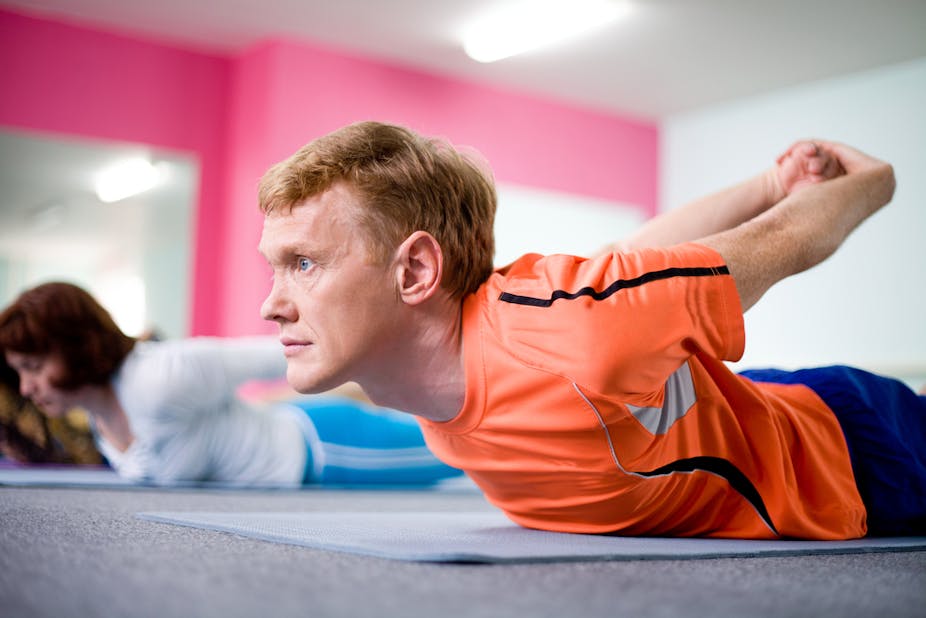Once upon a time we thought the brain was incapable of changing - if it was broken, it couldn’t be fixed. But that idea has been challenged in the last few decades with research suggesting that the brain is quite changeable or plastic.
In fact, we are discovering that the human brain has remarkable capacity for change. It can make new connections between nerve cells, enabling us to learn and remember complex information. And it can undergo a massive reorganisation when damaged.
Young children who have half of their brain removed, due to severe epilepsy, manage to move and walk again. People with a slow-growing brain tumour may not show any symptoms for years, as nerve cells around the mass adapt and compensate for the lesion.
And for those with brain injury, the inherent capacity for change within the brain, which is known as neuroplasticity, is the dominant mechanism for recovering function.
Researchers around the world are investing huge resources to discover how we can harness and improve neuroplasticity in the adult brain. Many hope non-invasive brain stimulation may hold the key to promoting neuroplasticity, either by increasing the activity in the damaged areas of the brain or somehow correcting imbalances that exist between its different regions.
Non-invasive brain stimulation uses either electrical or magnetic currents to painlessly stimulate the brain, probing the connections between nerve cells to understand more about how these connections can be altered.
Preliminary studies of these techniques show promise, but to date, larger trials show that the effects of this type of therapy are not as efficacious as intensive rehabilitation, such as physiotherapy.
In a recent study, my colleagues and I took a different approach by looking at an intervention that acts across the whole brain, rather than at specific circuits. Our approach wasn’t high tech and didn’t have unwanted side effects – it was aerobic exercise.
Using non-invasive magnetic brain stimulation (transcranial magnetic stimulation or TMS) to investigate the effect of exercise on the motor areas of the brain, we tested whether low- or moderate-intensity exercise would promote neuroplasticity in the brains of healthy young adults.

We found that 30 minutes of low-intensity cycling on a stationary bike, compared to 15 minutes of moderate-intensity cycling or sitting (our control), encouraged short-term rewiring and neuroplasticity in the brain.
Interestingly, this effect was seen in the region of the brain that controls hand muscles, even though cycling only involved the legs. We observed the change after a single 30-minute session of aerobic exercise.
While it hasn’t been demonstrated with aerobic exercise before, such an immediate effect of exercise on the brain is not unique. We know running improves learning, and a number of other studies have shown that aerobic exercise is good for a variety of cognitive tasks, such as cognitive flexibility and executive function.
The exact mechanism for exercise encouraging neuroplasticity is unknown, but it’s likely to involve several key chemicals in the blood and in the brain.
In our study, we measured levels of two of these chemicals in the bloodstream, and found that the stress hormone cortisol increased with the moderate-intensity, but not with low-intensity, exercise.
Cortisol actually inhibits plasticity, suggesting that exercise at lower intensities may be better at promoting neuroplasticity.
The second chemical measured was brain-derived neurotrophic factor (BDNF), which is widely touted as having a key role in neuroplasticity. But we found BDNF did not increase in the blood stream, and we can’t yet determine whether exercise increased levels of it in the brain, as has been shown in animal studies.
So, what does all this mean for you?
Well, it shows that, for most of us, gentle aerobic exercise is good for our brain – keeping it sharp, alert and ready for action. We know that people who are regularly physically active have greater potential for neuroplasticity.
But for people with brain injury, gentle exercise may make the difference between walking again or being dependent on a wheelchair for the rest of your life.

